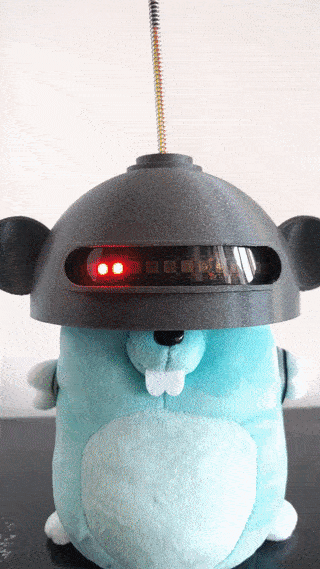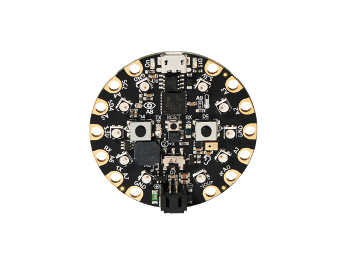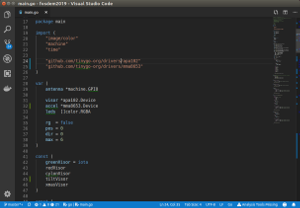
Gopherbot - robotic gopher plushie that you can code
Gopherbot is a robotic gopher plushie that can be programmed using Go, and other programming languages too. Now you can code your own furrie robotic pet, security guard for your secret lair, or anything else you can imagine, and help out open source at the same time.
Get your Gopherbot Now



